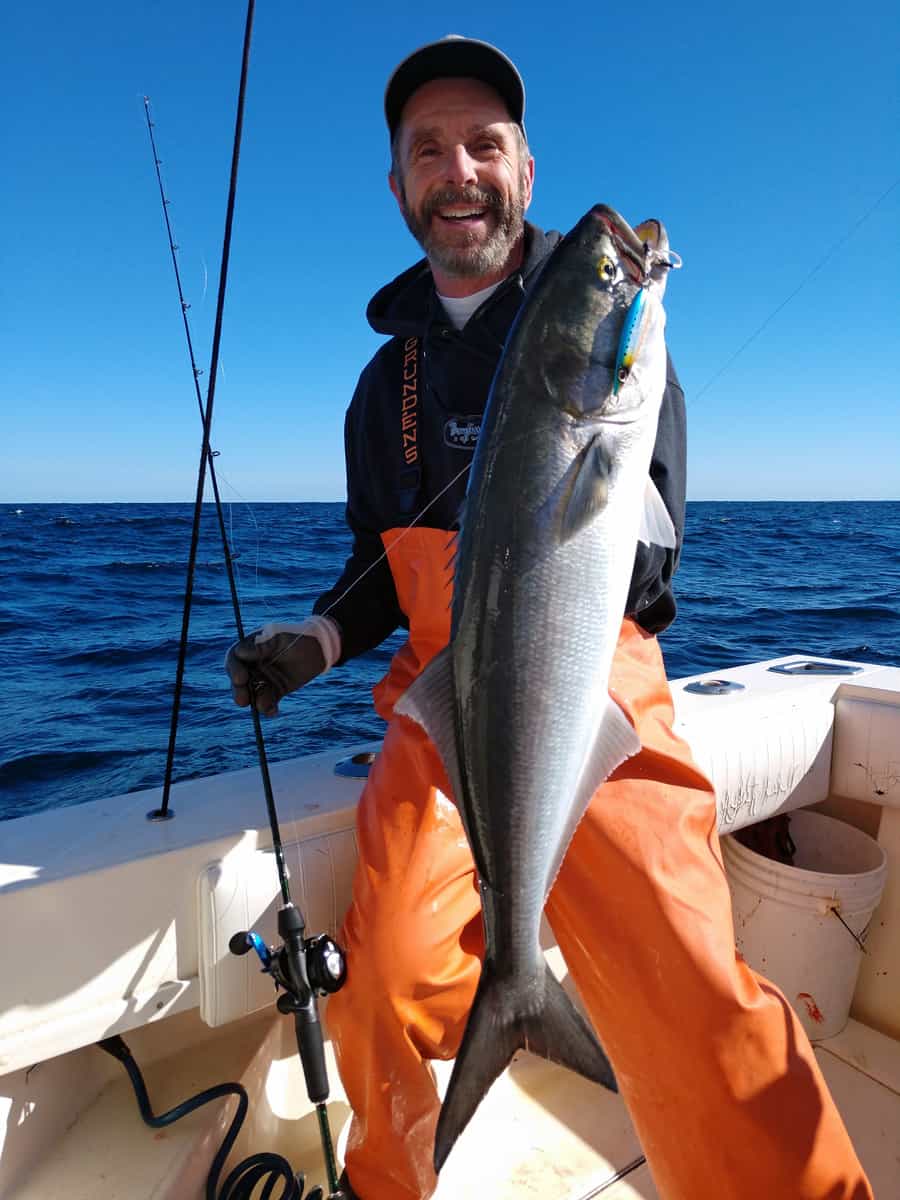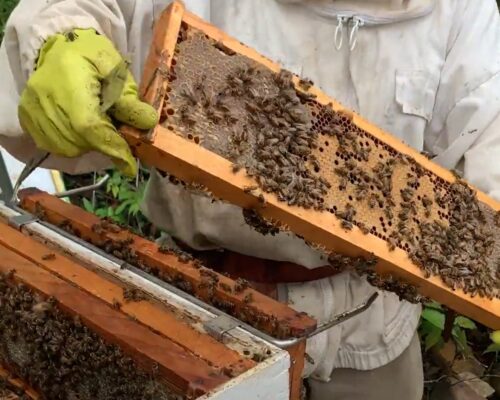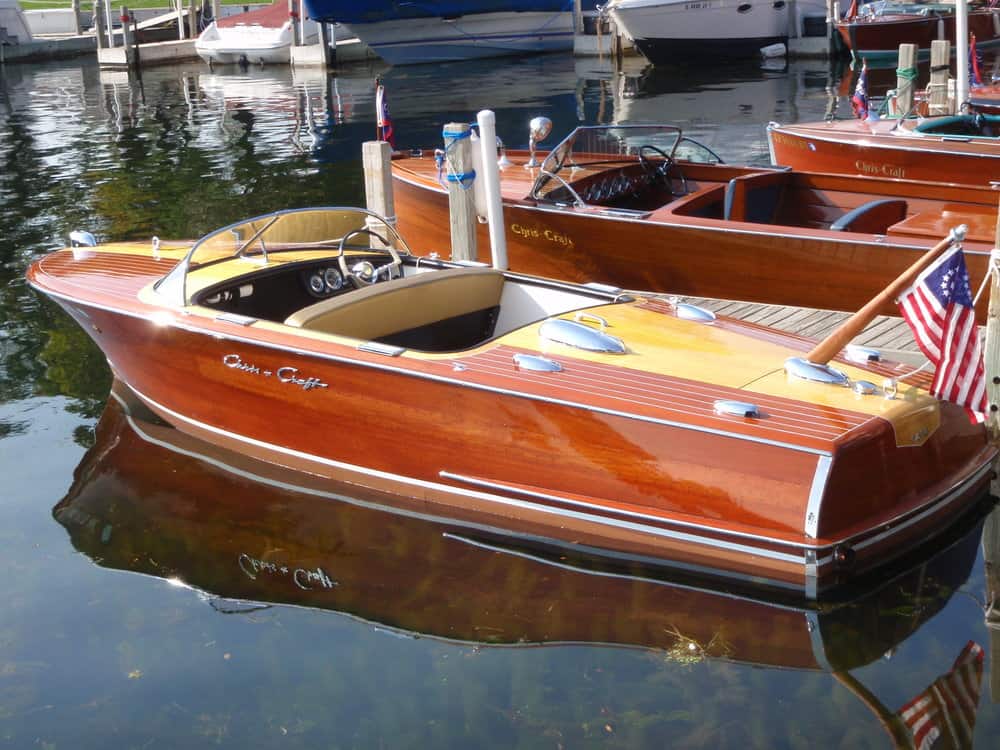Chesapeake outdoor guide Captain Chris Dollar brings up-to-date insight to the Bay Bulletin.
Congressman Rob Wittman of Virginia, a staunch supporter of sport fishing, shows off a muscular bluefish he caught last week fishing with Dr. Ken Neill III. (Photo courtesy of Ken Neill III)Fishing for yellow perch, white perch and crappie in Maryland’s rivers and creeks has been hit or miss in recent weeks, according to my sources. But pickerel fishing on the Eastern Shore is good. Play the weather—your best bet is to fish on days when we see a 15-degree or higher spike in air temperature with mostly sunny conditions. Minnows and grass shrimp on jigheads are best for panfish, but spinners work, too. The upper Pocomoke River, Tuckahoe, and Choptank have been reliable.
Catfish are an option on the James, Potomac and Patuxent rivers. If you’re targeting largemouth bass on farm ponds and impoundments in coming weeks, try chatterbaits over emerging grass beds.
When there’s a weather window, anglers steaming offshore from Virginia Beach and the Outer Banks have caught tuna and wahoo. Inshore, it’s tautog, bluefish, sea bass and other reef dwellers. Dr. Ken Neill III and his crew ventured out from Rudee Inlet in what most would call, at minimum, very sporty sea conditions. They got to the fishing grounds, and the weather stayed about the same. But they caught many eating-sized sea bass, with Stan Simmerman catching the only one that qualified for a Virginia trophy citation. They also caught and released “a lost” blueline tilefish, meaning it was caught in an area where tilefish don’t usually hang around.
Virginia allows a February sea bass season, and Dr. Neill says it “has to be the most closely monitored recreational fishery ever in Virginia. We get a special permit. We call before we head out, call when we return, are met at the dock by VMRC and we also report our catch online. If this sounds like a lot, it is, but it really has not been a problem at all. The VMRC people, both fisheries and law enforcement, have been super-friendly and appreciative. They are making up for decades of zero federal wave-one catch data during this special fishery, which has turned out to be a big science project. Being all for science, my crew is already messaging me that next weekend looks good.”
Up the coast in Ocean City, Capt. Monty Hawkins on the Morning Star head-boat is running tautog-only trips because Maryland doesn’t allow a February sea bass season. He says he’s had several of his “best [tog] trips in years.” But he reminds us, as all seasoned anglers know, there are no guarantees. Still, he adds, “We’ve put lots of great tags in jumbos. This is a fishery for the passionate black-fisher, not the freezer-filler!”
Here’s your weekly Fishing Conservation News: Calling all shad anglers in Maryland. Maryland DNR fisheries scientists are asking American and hickory shad anglers to take part in the Volunteer Angler Survey. The information gleaned helps managers and biologists better understand the status of these iconic Bay migrants. It’s free to participate, of course, and any angler who catches a tagged shad and reports it gets a prize. Click here to take the survey.



